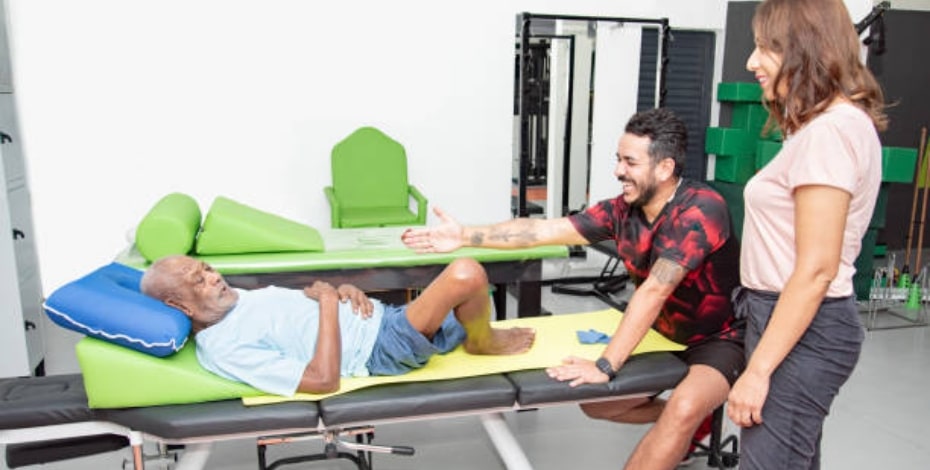
An urgent need for physios in care clinics

Let’s talk about Medicare Urgent Care Clinics.
Though the detail is thin on the ground, Labor’s pre-election promise to establish Medicare-funded clinics for semi-urgent care to help clear the decks in hospital emergency departments has created much discussion and speculation.
In 2020–21, 47 per cent of presentations to emergency departments—just over 4 million visits across Australia—were classified as either semi-urgent or non-urgent, meaning they could have been addressed outside a hospital.
New Zealand has already established urgent care clinics and it’s estimated that 2.5 million consultations take place in them every year, reducing hospital burdens significantly.
The new government also cites the inability to readily access GP care as another reason people go to hospitals to have their urgent but not life-threatening needs tended to.
We hear that it’s not uncommon to wait several weeks for a GP appointment.
Presumably, lack of access to GP care is largely the result of medical workforce scarcity and/or maldistribution.
This, along with COVID-19-induced burnout in the medical workforce, which exacerbates the problem, has received much coverage in the media and a lot of political attention.
Logistically, the idea is that these urgent care clinics would be co-located within existing GP clinics.
This makes some sense since co-location means making use of existing infrastructure, processes and established clinical governance frameworks.
However, if the key problem is the availability of medical and nursing staff, or lack thereof, how exactly will co-located urgent care clinics alleviate the pressure?
It feels a little like robbing Peter to pay Paul.
What, then, is the solution?
As an officer in this organisation, I often look on in frustration at the very obvious answer sitting in front of us all, but somehow still managing to elude our elected decision-makers.
There is a 200,000-strong allied health workforce, of which 39,000 are physiotherapists.
Yes, this workforce has its own shortage issues, but the impact of any shortage is mitigated by enlarging the pool of resources we have available to tackle a problem.
We have a very strange conundrum in Australia of a health workforce shortage mixing with the under-utilisation of available skills.
It’s estimated that 30 per cent of all emergency department presentations are musculoskeletal injuries.
It’s not unlikely that this number will be even higher in the proposed urgent care clinics.
We have already seen the many benefits of enabling physiotherapy care in emergency departments.
Patients are seen and discharged sooner when seen by a physiotherapist.
There is less demand on imaging services, reducing unnecessary backlogs and wait times in radiology.
The rate of re-presentation by patients is lower and both patient and medical stakeholder satisfaction is high.
The APA has been vocal in the media and with the new government about the sensibility and necessity of providing physiotherapy care in Medicare Urgent Care Clinics.
There is simply no valid argument against this.
More than that, we’re pushing for funded first-contact physiotherapy care more broadly.
We need our leaders to remove the blinkers and stop thinking about doctors and nurses as the only solution to our healthcare crisis.
There is a highly skilled workforce out there—ready, able and willing to step up to the plate.
Let’s use it.
© Copyright 2025 by Australian Physiotherapy Association. All rights reserved.





